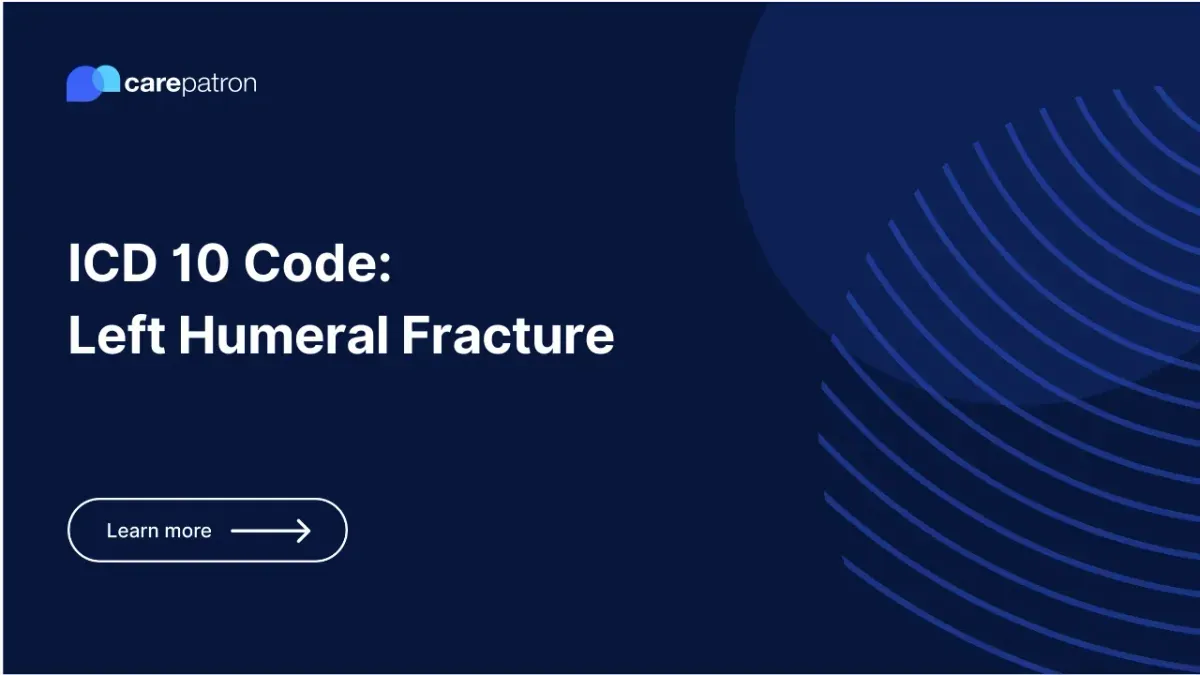
Left Humeral Fracture ICD-10-CM Codes | 2025
Learn about the commonly used ICD-10 codes for Left Humeral Fracture, their clinical implications, and billability through this guide.
Use Code
Commonly asked questions
A Left Humeral Fracture ICD code is used when a patient presents with a fracture in the left humerus. This can occur for various reasons, such as trauma, falls, or underlying bone weakness. The specific ICD-10 code used will depend on the exact type and location of the fracture.
Yes, most left humeral fractures ICD-10 codes are billable. They can be used for reimbursement from insurance companies. However, some "header" codes that provide broad classifications of conditions are not billable. Always consult with a certified medical coder or billing specialist for accurate information.
The treatment for a left humeral fracture depends on its specific type and location. Non-displaced fractures may be treated with a sling or brace and physical therapy, while displaced fractures or fractures involving the joint might require surgical intervention.
EHR and practice management software
Get started for free
*No credit card required
Free
$0/usd
Unlimited clients
Telehealth
1GB of storage
Client portal text
Automated billing and online payments
